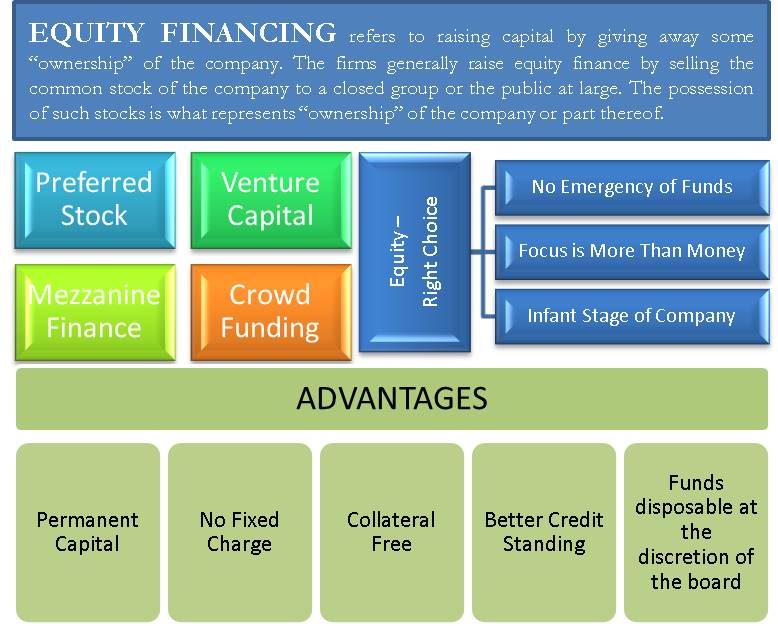Contents:

![]()
However, if the prepaid rent committed such an error, then you should inform the bank about such a mistake and include such a difference as a reconciling item. But, if the bank committed such an error, then you should inform the bank about such a mistake and include such a difference as a reconciling item. Thus, such debits made by the bank directly from your bank account lead to a difference between the balance as per cash book and the balance as per the passbook. Now, such a figure is shown as a credit balance in your cash book. However, in the bank statement, such a balance is showcased as a debit balance and is known as the debit balance as per the passbook. This typically involves the entry of a transaction into the general ledger in 2 separate places.
- Reconciling bank statements with cash book balances helps you as a business to know the underlying causes that lead to such differences.
- If there are any discrepancies, they need to be investigated and corrected.
- When calculating cash from the Billing System, use total cash net of discounts and taxes.
- One is the horizontal format, called the T-format, and the other format is the Vertical Format.
- Individuals can also reconcile monthly bank statements with personal records to make sure they know their actual bank account balance and avoid overdrafts.
Further, such a balance would be a credit balance as per the passbook. Now, such a balance exists when the deposits made by your business at your bank are more than the withdrawals. The month-end process refers to certain double-entry accounting steps. It also helps to flag any discrepancies, mistakes, or fraud in the company’s books. Any of these could have a serious detrimental impact on the financial health of a company. So, businesses should perform regular check-ups because these can contribute to their success.
Accounts Payable Reconciliation
In the bank reconciliation process, the transactions recorded in the company’s cash book are compared with the bank’s passbook to identify any inconsistencies in the day-to-day transactions. In this simple process of tallying the cash book and bank statement, there could be multiple errors. These errors or bank reconciliation problems might differ based on the size of the organization. Some businesses create a bank reconciliation statement to document that they regularly reconcile accounts.
Annual closure of the 2022 accounts, with its share of challenges as … – Sia Partners
Annual closure of the 2022 accounts, with its share of challenges as ….
Posted: Mon, 07 Nov 2022 08:00:00 GMT [source]
This is the case especially when you need to reconcile the accounts receivables aspect. Unless you reconcile the amounts you received from your customers, you will see a negative effect on your cash flow, collections, and customer relations. It helps you keep a clean record of all of your bank transactions. When you reconcile your account, you can be assured there are no missing payments or transactions from your personal ledger, helping you avoid any miscalculations or overdrafts later on. In this blog, we will introduce you to some real-life bank reconciliation examples as well as the major roadblocks faced by organizations while reconciling their bank statements. By keeping accurate records of these statements, businesses will be able to understand the financial performance of their business and make decisions accordingly.
How to Choose Accounts Receivable Automation Software
Annual SaaS subscriptions are another example of prepaid assets amortized over twelve months as each month elapses. Balance reconciliation is required to ensure that all purchases and sales transactions are recorded properly. Balance confirmation is sought from the top 10 parties as it is audit documentation.
For instance, when a company conducts a sale, it debits either cash or accounts receivable on its bank statement balance sheet. At the same time, it credits sales revenue on its income statement. Here, a company will compare its outstanding customer balances to the accounts receivable captured in the general ledger to unveil any irregularities in customer-level accounting. Companies typically perform customer reconciliation before issuing their monthly financial statements. The customer reconciliation statement serves as proof that there’s no material inaccuracy in the accounts.
Cash Account Reconciliation
The first step in bank reconciliation is to compare your business’s record of transactions and balances to your monthly bank statement. Make sure that you verify every transaction individually; if the amounts do not exactly match, those differences will need further investigation. Completing a bank reconciliation entails matching the balances on your bank statement with the corresponding entries in your accounting records. The process can help you correct errors, locate missing funds, and identify fraudulent activity. Bank reconciliation is the process of comparing balance as per cash book with balance as per the passbook . The very purpose of reconciling the bank statement with your business’ books of accounts is to identify any differences between the balance of the two accounts.

Whereas, credit balance as the cash book indicates bank overdraft or the excess amount withdrawn from your bank account over the amount deposited. Businesses carry the process out by matching up certain invoices. These will then get submitted to their accounts receivable ledger records. Dividends received $500 recorded only in the bank statements and not Cash Book. Make any required adjusting journal entries for general ledger balances to correctly reflect short-term and long-term notes payable components. Compare income tax liabilities to the general ledger account and adjust for any identifiable differences that need recording via journal entry.
Sometimes a deposit or a payment recorded in your accounting software isn’t on the monthly bank statement. When paper checks were the main way that vendors and employees were paid, this was a much bigger problem. In essence, you just conducted an income statement and balance sheet reconciliation. When you use accounting software to draft financial statements, you shouldn’t have to do another GL account reconciliation… until next month. Account reconciliation is particularly useful for explaining the difference between two financial records or account balances. Some differences may be acceptable because of the timing of payments and deposits.
Review the closing balance and, if necessary, produce a reconciliation report
Before accounting software existed, businesses would record every business transaction in a “general journal,” a chronological transaction log. The same transaction gets written down in another book called the “general ledger,” which keeps a running balance of every account. Note all the payments recorded in the cash book that do not appear as payments in the bank account statement. Tick all transactions recorded in the cash book against similar transactions appearing in the bank statement. Make a list of all transactions in the bank statement that are not supported, i.e., are not supported by any evidence such as a payment receipt.

For example, real estate investment company ABC purchases approximately five buildings per fiscal year based on previous activity levels. The company reconciles its accounts every year to check for any discrepancies. This year, the estimated amount of the expected account balance is off by a significant amount. Because the individual is fastidious about keeping receipts, they call the credit card to dispute the amounts.
Step #2: Work Out the Balance as Per Bank Side of the Bank Reconciliation Statement
To keep a track of accounts payable and accounts receivable of your business. To undertake such a process, you need to ensure that the cash book is complete. Further, make sure that the bank’s statement for the current month has also been obtained from the bank. As a result of such direct payments made by the bank on your behalf, the balance as per the passbook would be less than the balance as per the cash book. Thus, such a situation leads to the difference between bank balance as per the cash book and balance as per the passbook. From its customers, such amounts are recorded immediately on the debit side of the cash book.
The “S” in ESG: an increasing focus for organizations (and CPAs) – CPA Canada
The “S” in ESG: an increasing focus for organizations (and CPAs).
Posted: Fri, 30 Sep 2022 07:00:00 GMT [source]
If it’s a missing https://1investing.in/ withdrawal, it’s possible that it hasn’t been cashed yet or wasn’t cashed by the statement deadline. Consider performing this monthly task shortly after your bank statement arrives so you can manage any errors or improper transactions as quickly as possible. Regardless of how you do it, reconciling your bank account can be a priceless tool in your personal finance arsenal. Accounting software allows you to import transactions quickly into your books and provides detailed reports that can help inform key decisions in running a successful business. With regular account reconciliations, businesses will have greater control over their finances and ensure they stay on top of payments owed or due. Designed to keep your bank and your G/L in balance, the bank reconciliation process also helps you correct possible errors, account for uncashed checks, and even locate missing deposits.

Reconciliation is an accounting process carried out by businesses in which they compare two data sets and ensure that they match. To carry out this task, businesses usually compare their own data records to external data received through a bank, a customer, or a vendor. In the process, each value on a specific date is then matched to see both agree. When the reconciliation is conducted, there may be differences between the two amounts. One reason is that a journal entry was made to the general ledger account that bypassed the subsidiary sales ledger.
They can then look for errors in the accounting records for customers and correct these when necessary. In accounting, reconciliation refers to a process a business uses to ensure that 2 sets of accounting records are correct. The goal is to make sure these 2 accounts match up with one another. Although a single-entity small business doesn’t need to consolidate the financial statements of multiple entities, companies engaging in M&A will need to complete a consolidation.
